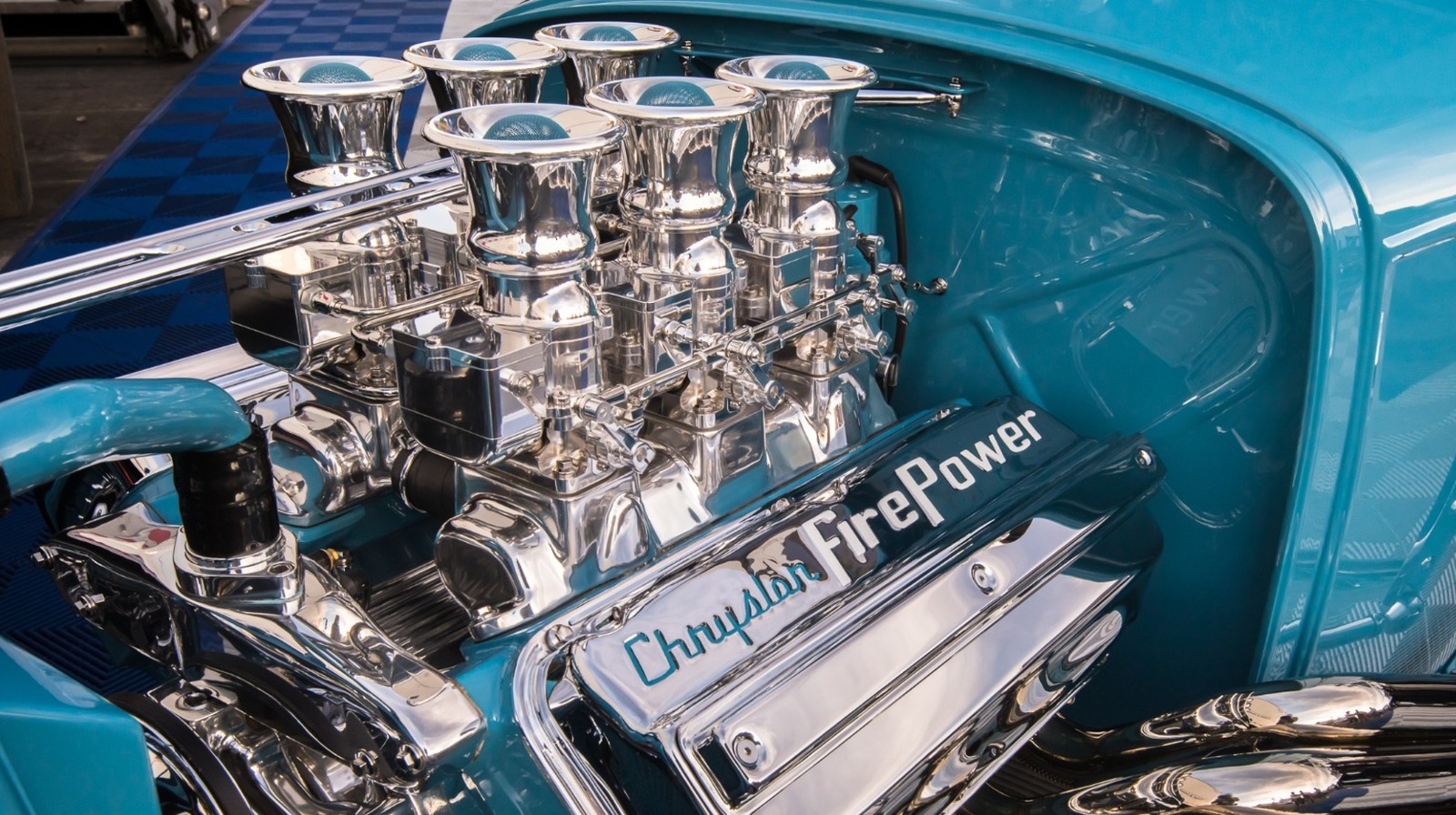UPDATE: Stellantis, the parent company of Chrysler and RAM, has made a stunning announcement: the iconic HEMI engine will return in the 2026 RAM trucks. Just last year, in 2024, the company faced significant backlash after revealing plans to discontinue the beloved engine, prompting a swift reversal.
RAM brand CEO Tim Kuniskis labeled the decision to drop the HEMI a “mistake,” emphasizing its importance to customers and the brand’s legacy. This urgent update comes as car enthusiasts and loyal customers express relief and excitement over the return of this legendary power plant.
The HEMI engine, first introduced in 1951 with the Chrysler FirePower, has a rich history that predates its automotive fame. The design, characterized by hemispherical combustion chambers, has been revered for its raw power and efficiency. The name “HEMI” itself has become synonymous with performance in the automotive world.
This decision to reintroduce the HEMI is not just a nod to nostalgia; it reflects a deep understanding of consumer sentiment. The HEMI has been a significant part of the American automotive landscape, with its roots tracing back to innovative designs used in boats and early racing cars. Notably, its legacy includes winning notable races, such as the 1907 Grand Prix and dominating during World War II with experimental engines that reached impressive speeds.
The HEMI’s journey began with early prototypes, including a two-cylinder engine developed by inventor Allie Ray Welch in 1901. Over the decades, various manufacturers recognized the potential of the HEMI design, with Chrysler ultimately trademarking the name.
During World War II, Chrysler shifted focus to military production, creating tanks and aircraft engines. This experience laid the groundwork for the commercial success of the HEMI engine in the post-war era. The original V8 HEMI engine was released in 1951, originally named FirePower, and quickly gained recognition for its performance, outpacing competitors like Cadillac.
Despite stiff competition from Ford and other automakers, Chrysler continued to innovate, releasing increasingly powerful versions of the HEMI throughout the 1950s. The 1955 Chrysler 300 boasted a remarkable 300 hp, while the 1958 300D configuration reached astonishing outputs of up to 390 hp.
However, by the late 1950s, Chrysler shifted its strategy, moving away from the HEMI in favor of more efficient engine designs. The racing successes of the HEMI continued, with Chrysler dominating NASCAR in the 1960s and leading to the creation of the Gen II HEMI engine.
Today, as Stellantis reintroduces the HEMI in the 2026 models, the automotive world watches closely. This move not only restores a beloved engine but also reaffirms the brand’s commitment to performance and heritage.
What’s next? Consumers can expect more details on the specifications and performance capabilities of the 2026 RAM with the HEMI as the launch date approaches. The return of the HEMI is sure to reignite passion among car enthusiasts and shape the future of RAM trucks.
As fans eagerly await further updates, this development highlights the enduring legacy of the HEMI engine and its impact on American automotive history. Share your thoughts on this exciting news and what it means for the future of performance vehicles!



































































